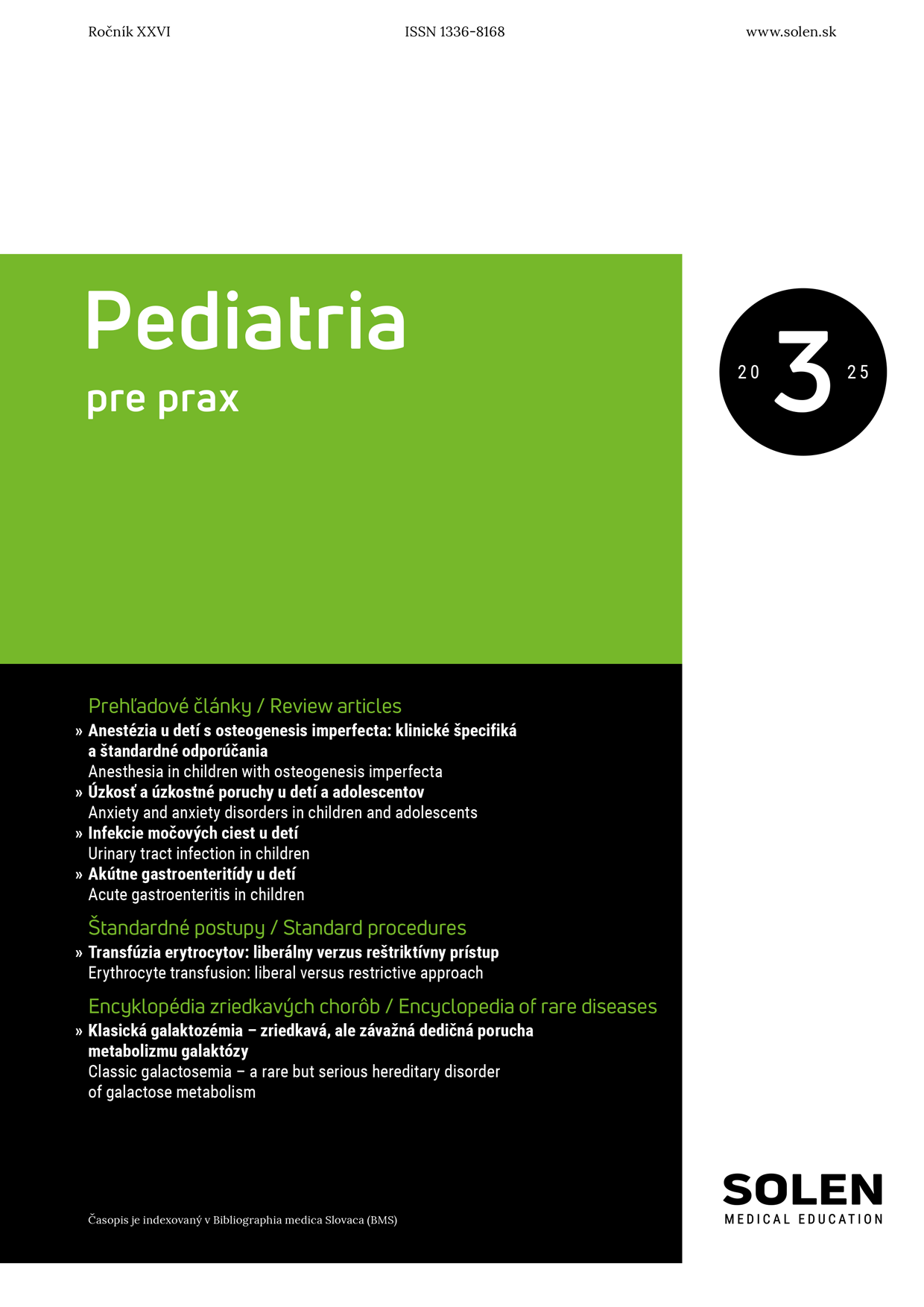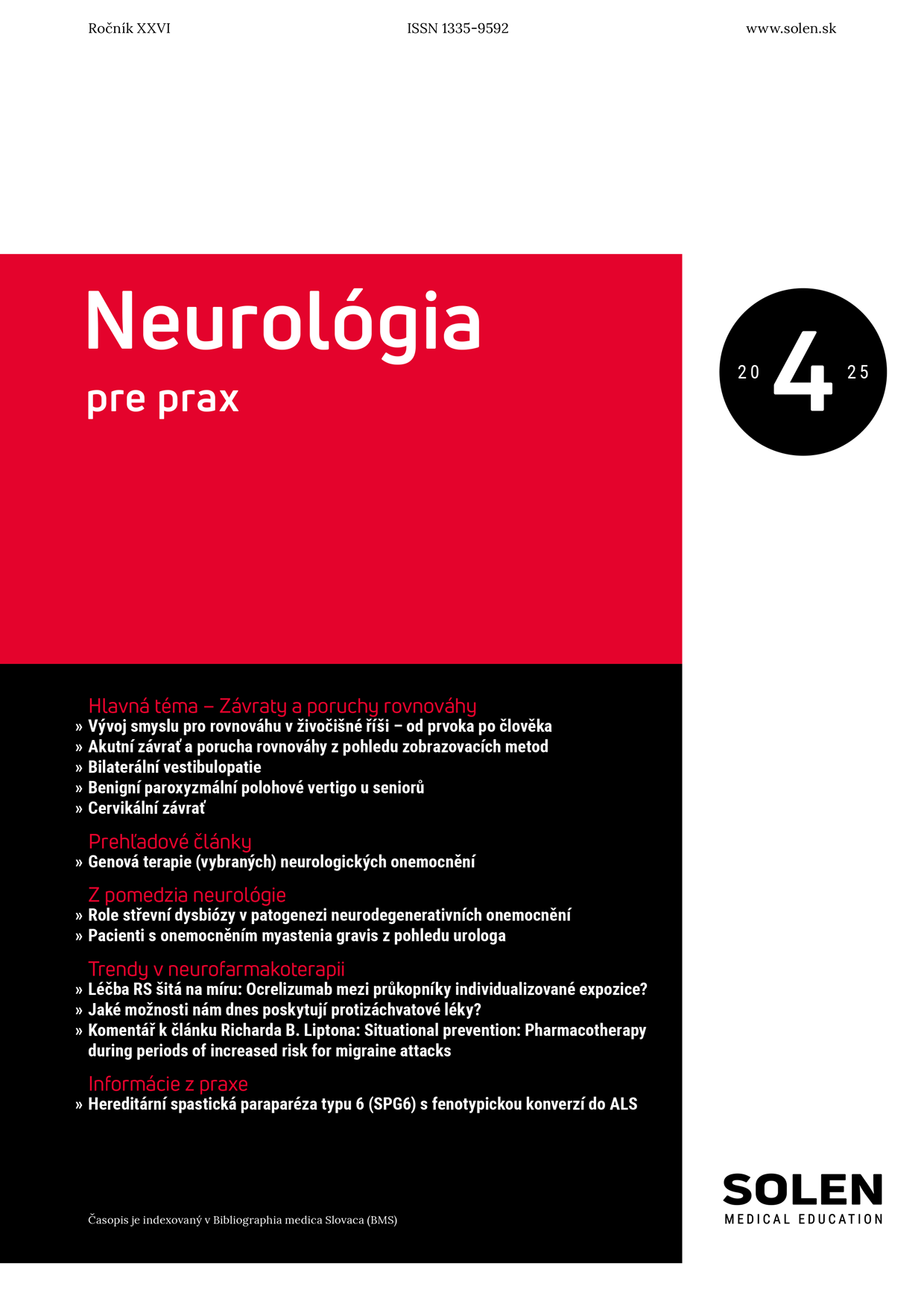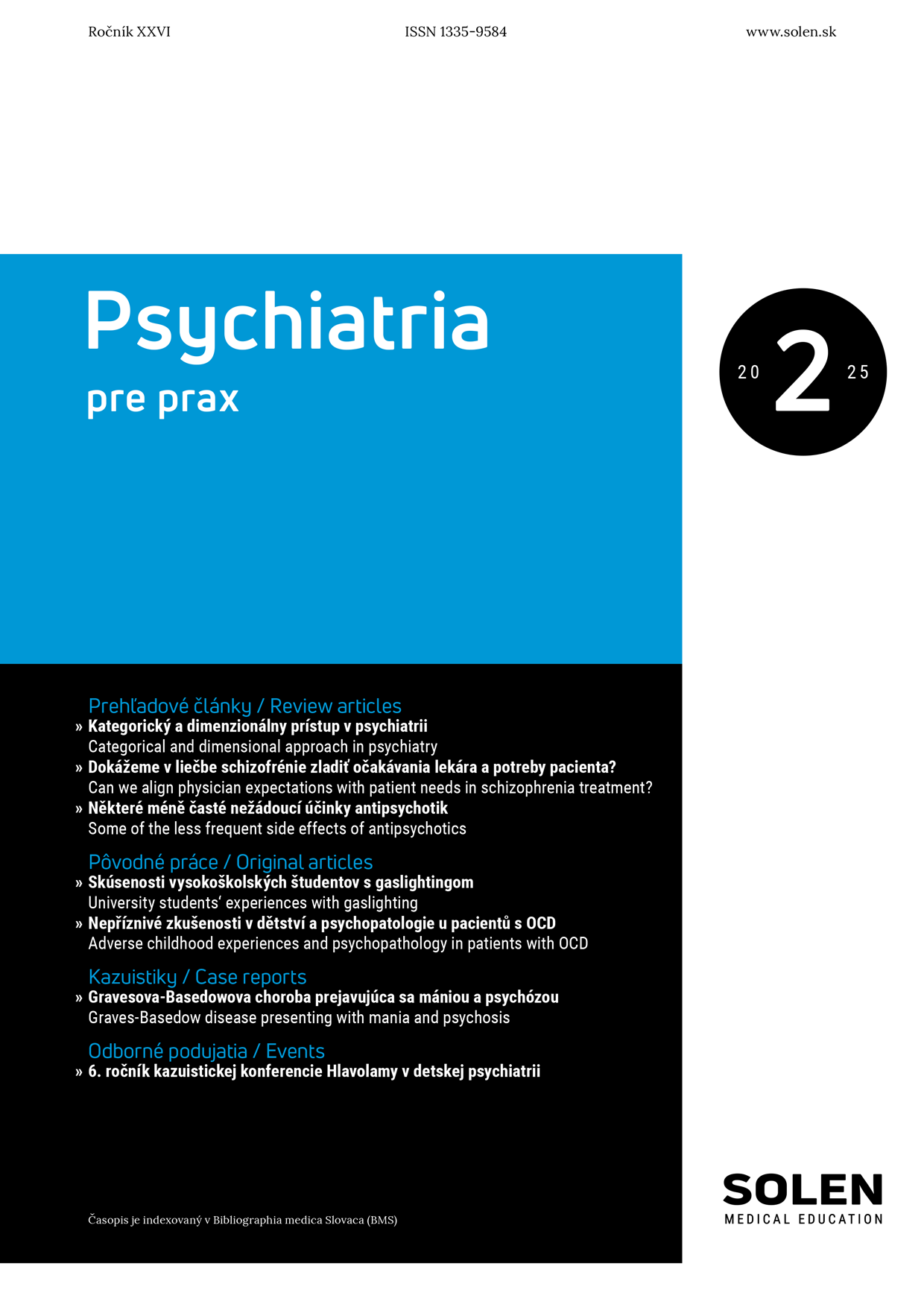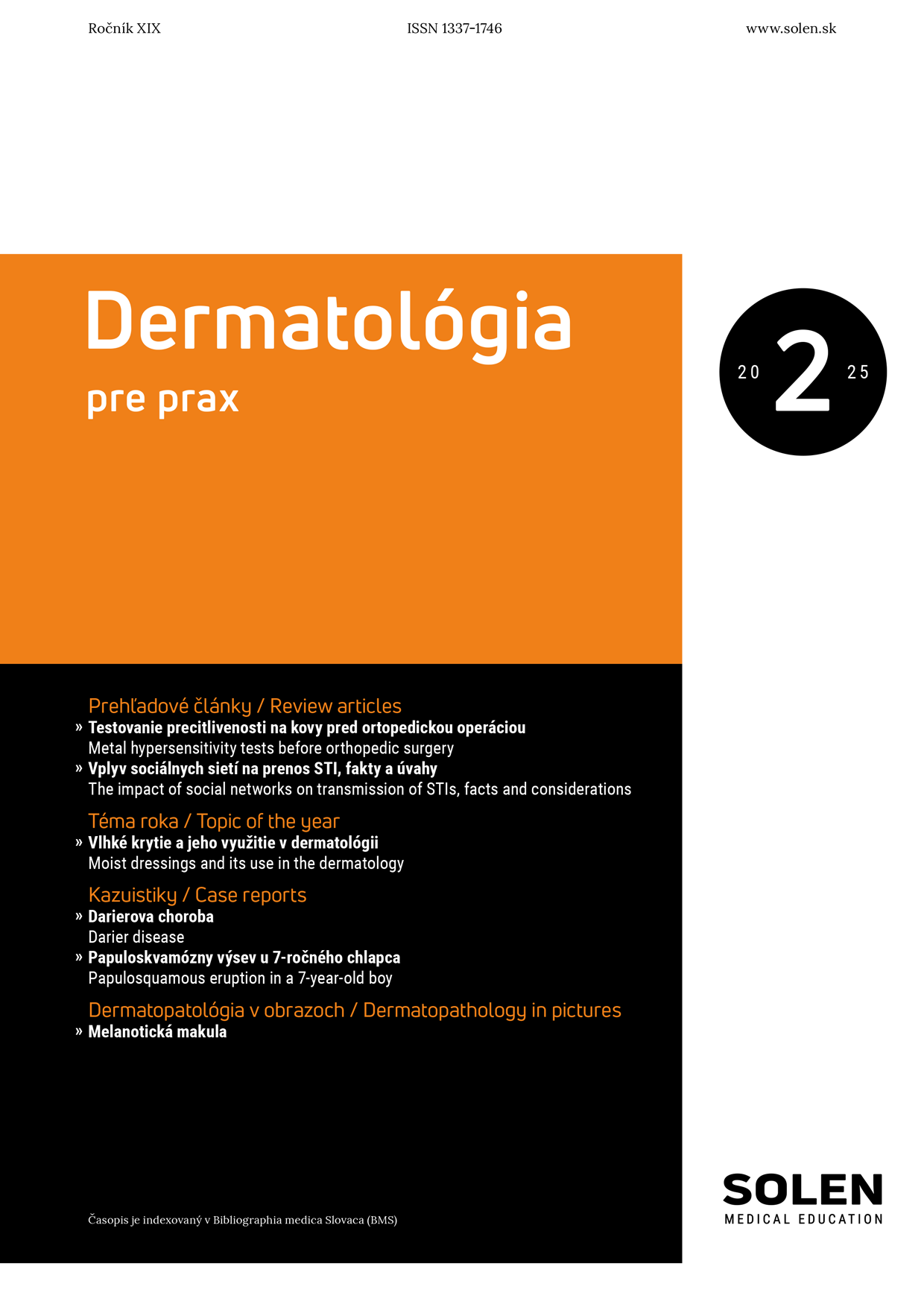Praktické lekárnictvo 1/2017
Úloha lekárnika v edukácii pacienta s diabetes mellitus – 1. časť
PharmDr. Lucia Masaryková, PhD.,, Doc. RNDr. Magdaléna Fulmeková, CSc., PharmDr. Ľubica Lehocká, PhD.
Diabetes mellitus (DM) 2. typu je choroba, ktorá v súčasnosti nadobúda pandemický charakter. Podľa posledných údajov IDF (International Diabetes Federation) za rok 2015 na svete trpí týmto ochorením asi 415 miliónov ľudí. Predpokladá sa, že v roku 2040 bude týmto ochorením trpieť 642 miliónov ľudí na svete (1). Hlavným cieľom lekárenskej starostlivosti o diabetika je zamedziť komplikáciám liečby spolu s minimalizáciou rizika komplikácií diabetes mellitus. Lekárnik zodpovedá nielen za správne podanie a užívanie liekov, ale dôležitú úlohu má tiež pri kontrole a motivácii compliance vo farmakologickej i režimovej liečbe a odhadovaní ďalších rizikových faktorov (dyslipidémie, hypertenzie, atď.). Cieľom prvej časti článku je poukázať na úlohu lekárnika v edukácii pacienta s diabetes mellitus najmä v oblasti nefarmakologickej liečby a správneho self-monitoringu.
Kľúčové slová: lekárnik, lekárenská starostlivosť, diabetes mellitus, self-monitoring
Pharmacist´s role in educating a patient with diabetes mellitus – part I
Type 2 diabetes mellitus (DM) is a disease which is becoming pandemic these days. According to the latest IDF data (International Diabetes Federation) for the year 2015, there are approximately 415 million people suffering from this disease in the world. It is estimated that there will have been 642 million people worldwide suffering from diabetes mellitus by the year 2040 (1). The main aim of pharmaceutical care is to prevent any treatment complications and to lower the risk of developing some complications of diabetes mellitus. A pharmacist is responsible not only for distributing and giving advice on taking medicines properly, but also they play an important role in checking and motivating in compliance with drug treatment and treatment regimes, as well as in estimating any other risk factors (dyslipidaemia, hypertension etc.). The aim of the first part of this article is to point out the role of pharmacists in educating patients with diabetes mellitus, especially in the realm of non-pharmacological treatment and proper self-monitoring.
Keywords: pharmacist, pharmaceutical care, diabetes mellitus, self-monitoring

















